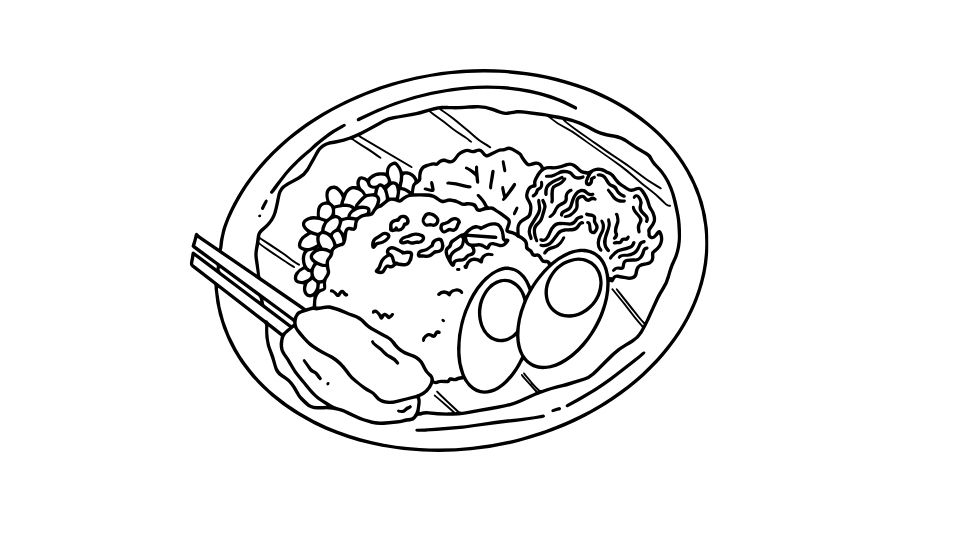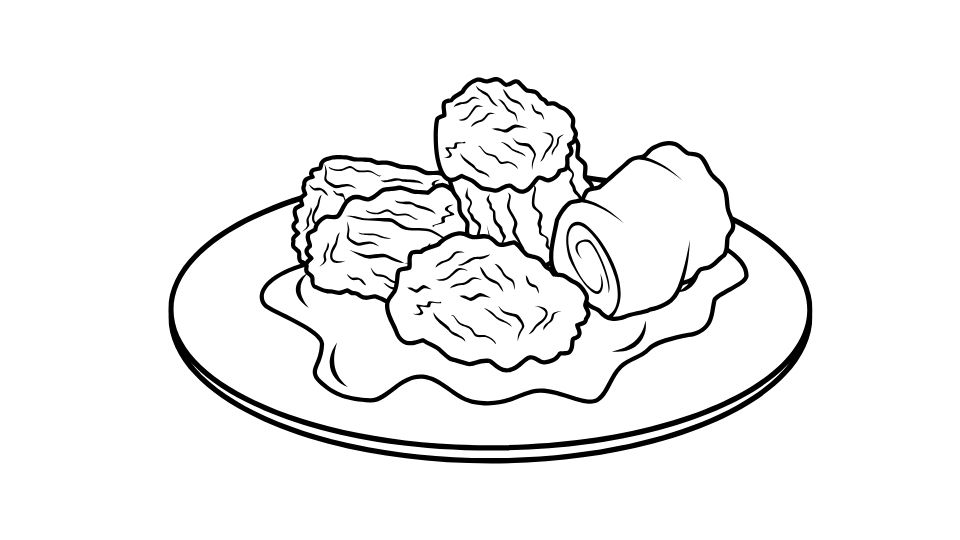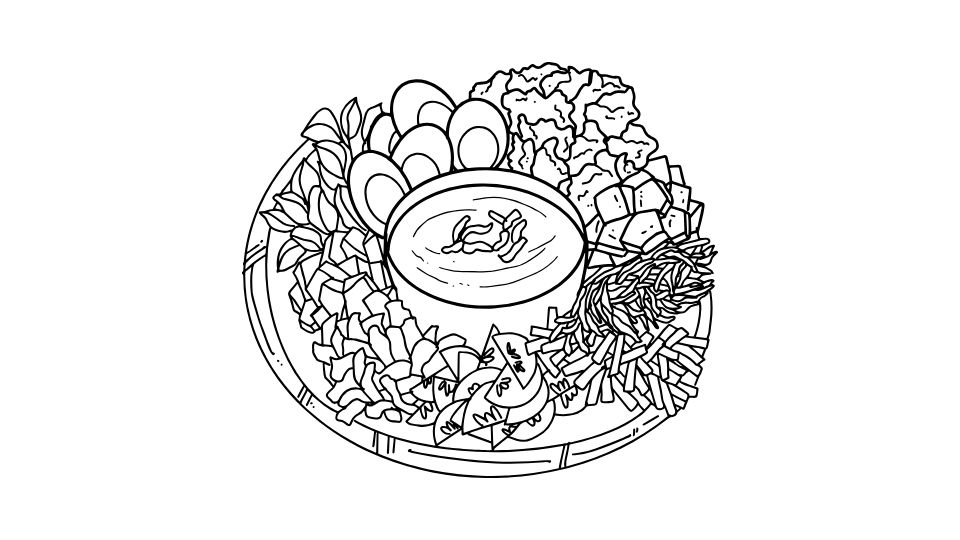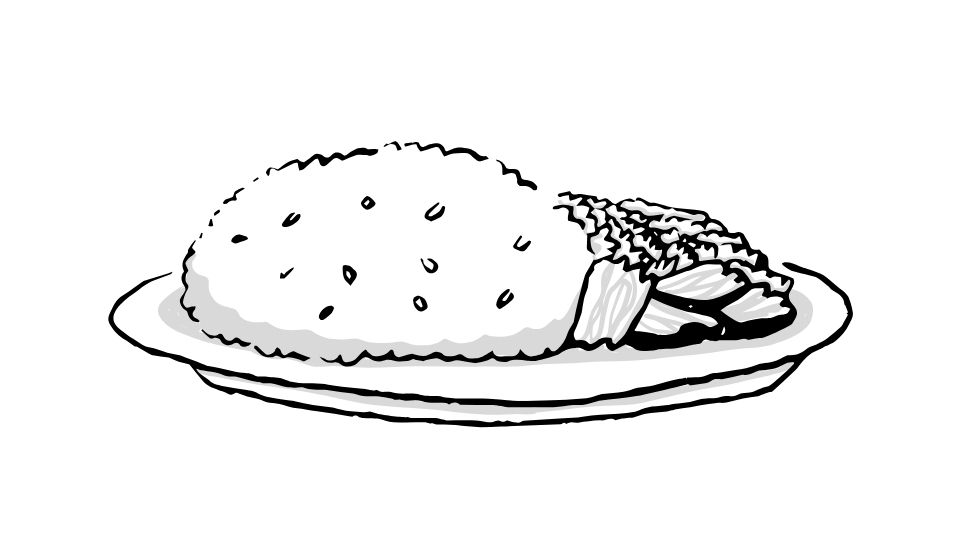Looking to break up with your calorie counting app? Let me tell you – it’s not you, it’s them.
Obsessively tracking every bite might have seemed like a good idea at first, but for many people, it turns into a toxic relationship with food that does more harm than good.
The digital food diary that was supposed to help you can actually lead to some seriously messed up eating habits.
Let’s talk about how to ditch the tracking addiction while still eating like a reasonably healthy human being.
And don’t worry – this isn’t about throwing all nutrition awareness out the window. It’s about finding freedom while still making smart choices.

Breaking Up With Your Food Tracking App (Without Completely Losing Your Way)
If you’ve ever found yourself hesitating to eat something because “I don’t know the exact macros” or declining social invitations because “I can’t track what’s in that restaurant food,” this guide is for you.
Studies show over 70% of MyFitnessPal users report the app negatively affected their eating behaviors. Not exactly a glowing review, is it?
Plus, those food labels you’re meticulously logging? They can be off by up to 20%. And calories in natural foods like fruits vary wildly depending on ripeness, season, and variety. So all that precision you think you’re achieving? It’s kind of an illusion.
Practical Steps to Free Yourself From Food Tracking Hell

1. Dump the digital ball and chain
First things first – delete those tracking apps from your phone. Seriously. Do it right now. I’ll wait.
Also, hide the food scale in a cabinet (or better yet, give it to a friend who bakes). These tools feed the obsession cycle, and the first step to recovery is removing the triggers.
If going cold turkey feels too extreme, try a stepped approach:
- Skip tracking on weekends
- Only track dinner
- Track every other day
The goal is to gradually expand the time you spend eating intuitively rather than by the numbers.
2. Focus on food quality instead of calorie quantity
Instead of asking “how many calories does this have?” start asking “what nutrients does this provide?“
This mental shift is huge. Prioritize whole, minimally processed foods that are rich in fiber and nutrients:
- Vegetables in all colors
- Fruits (yes, even the ones with sugar!)
- Nuts and seeds
- Legumes
- Whole grains
Did you know eating a diverse range of plant foods (like 30 different types weekly) improves your gut microbiome health? This supports better weight management naturally, without a single calorie being counted.
3. Practice mindful eating (aka put down your phone)
How often do you eat while scrolling, watching TV, or working? If you’re like most people, the answer is “all the time.”
This distracted eating makes it nearly impossible to hear your body’s natural hunger and fullness signals. Try this instead:
- Eat without screens
- Notice hunger before you start eating
- Pay attention to how the food tastes
- Check in with your fullness halfway through
- Stop when satisfied, not stuffed
One study from Harvard found that mindful eating practices can reduce binge eating episodes and emotional eating tendencies.
4. Ignore calorie labels (or cover them up)
Those calorie counts on menus and packaging? They’re not your friend. They pull your focus away from how food makes you feel and back toward numbers.
Try these tactics:
- Cover nutrition labels with stickers
- Request menus without calorie counts (many restaurants have them)
- Focus on ingredients lists instead
5. Choose foods that fill you up naturally
Foods high in water and fiber content are naturally more filling while being lower in calories. This means you’ll feel satisfied without having to obsessively count:
- Soups and stews
- Most vegetables
- Berries
- Oatmeal
Research from Penn State shows that starting meals with water-rich foods like salads can reduce overall calorie intake by up to 20% without any tracking required.
6. Adopt the 80/20 rule
Instead of the all-or-nothing mentality that tracking encourages, aim for balance:
- 80% nutritious whole foods
- 20% whatever the heck you want
This reduces the mental stress of perfect tracking while still supporting good health. It’s sustainable because it doesn’t make you feel deprived.
What About MealByMeal?

If you’re not ready to completely give up tracking but want something less obsessive, MealByMeal offers a unique middle ground. Instead of manually logging every ingredient, you just text your meals and the app handles the calculations.
This can be a helpful transition tool because:
- It’s less disruptive to your life
- You don’t have to break out a food scale at restaurants
- It works with your natural eating patterns
- You can use it periodically rather than obsessively
You might start by using it just a few times a week while learning to trust your body’s signals the rest of the time.
Extra Tips For Breaking Free

Cook more at home: When you prepare meals yourself, you naturally develop better awareness of what you’re eating without having to track every gram. Plus, home-cooked meals tend to have fewer calories and more nutrients than restaurant food.
Prioritize protein at each meal: Protein promotes fullness and helps maintain muscle, which supports weight management without obsessive tracking. Aim for some protein source with each meal.
Cut back on liquid calories: Sugary drinks, alcohol, and fancy coffee drinks can add hundreds of calories that don’t even register on your fullness radar. Reducing these is an easy win without tracking.
Get professional support if needed: If your relationship with tracking has veered into disordered eating territory, don’t hesitate to talk to a registered dietitian or therapist, ideally one who practices Health At Every Size (HAES) principles.
The Bottom Line

Breaking up with food tracking doesn’t mean abandoning all nutritional awareness. It means shifting from external numbers to internal wisdom.
Think of it as graduating from training wheels. Those calorie tracking apps might have taught you some basics, but now it’s time to ride freely, trusting your body’s signals and your knowledge of nutrition fundamentals.
The goal isn’t perfection – it’s freedom combined with awareness. It’s enjoying birthday cake without logging it. It’s eating when hungry and stopping when full. It’s choosing foods that make your body feel good without punching numbers into an app.
And remember – if you want a gentler approach to tracking during this transition, MealByMeal’s text-based system can help you maintain some structure without the obsession.
Your relationship with food should nourish you – not just physically, but mentally too.




Leave a Reply